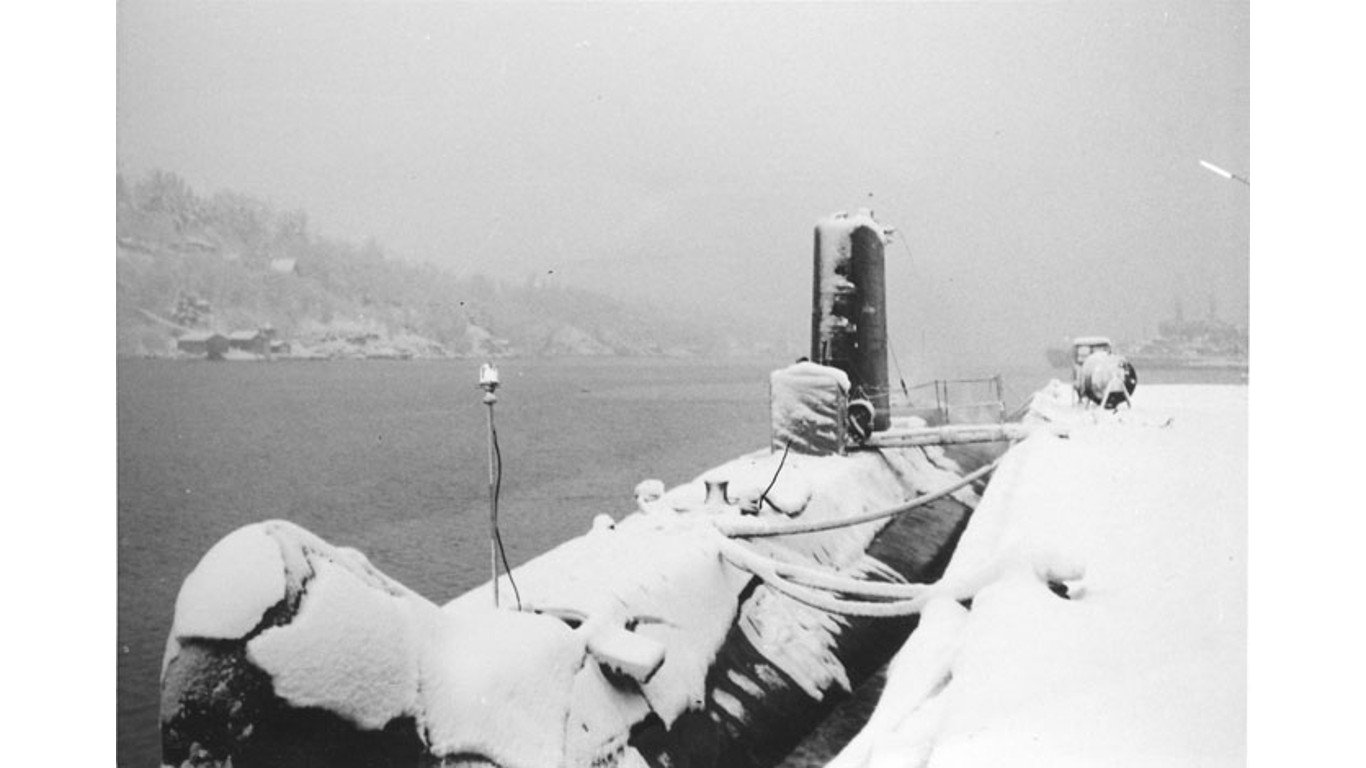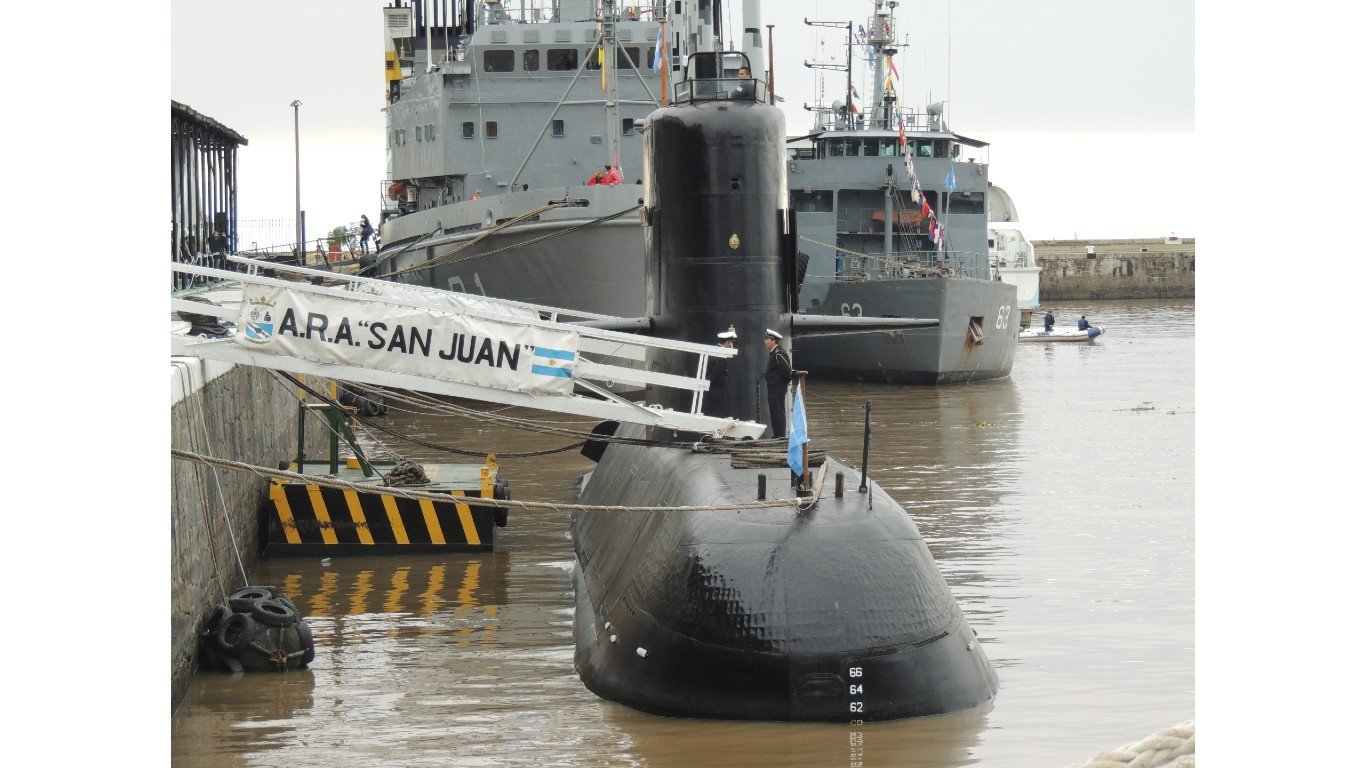

For marine archeologists and historians, few things are more thrilling than finding a long-lost shipwreck. Recently, they discovered the remains of U-111, a World War I German U-boat, at a depth of 400 feet off the coast in Virginia, where it had been intentionally sunk by the U.S. after the war.
Historians had a good idea of where the U-111 sank, but the final resting places for some warships remains a mystery.
To identify 20 warships that sank and disappeared, 24/7 Tempo consulted a variety of historical resources on ships lost at sea. We limited our search to ships specifically built or pressed into service for combat purposes. In addition to vessels that have never been found, we’ve included some that were found many years after their disappearance. (These are the most famous shipwrecks ever found.)
Click here to see 20 warships that sank and disappeared
The ships on this list sank for various reasons, including attack by another vessel or aircraft during wartime, a raging storm, or a catastrophic mechanical problem.
More than half the missing vessels on this list are submarines; three of them sank in one year, 1968, not one of those during combat. Submarine duty is the most dangerous military service; 28,000, or 75%, of German submariners, died in World War II. (Here’s a list of the oldest ships and submarines still operating in the U.S. Navy.)
Several missing warships on our list have notched a storied place in history. The HMS Endeavour, which Lieutenant James Cook piloted to New Zealand and Australia in the 18th century, was scuttled by the British during the American Revolution off the Rhode Island coast. The Portuguese ship Flor de la Mar, laden with what some have called the greatest treasure trove ever, likely was lost in the Strait of Strait of Malacca in the 16th century.

Flor de la Mar
> Type: Sailing ship
> Country: Portugal
> Year lost: 1511
Even though the Flor de la Mar, a 400-ton carrack, or merchant vessel, had been plagued by leaks and had a reputation for courting trouble, it was sent to help Portugal conquer what is today Malaysia in 1511. Weighed down with riches, the ship is believed to have sunk in the Strait of Malacca, between Malaysia and Sumatra. It has since been the subject of many search expeditions, whose crews’ imaginations have been fired by the prospect of finding the massive cargo of diamonds, gold, and precious stones that was aboard what was reputedly the richest vessel ever lost at sea.
[in-text-ad]
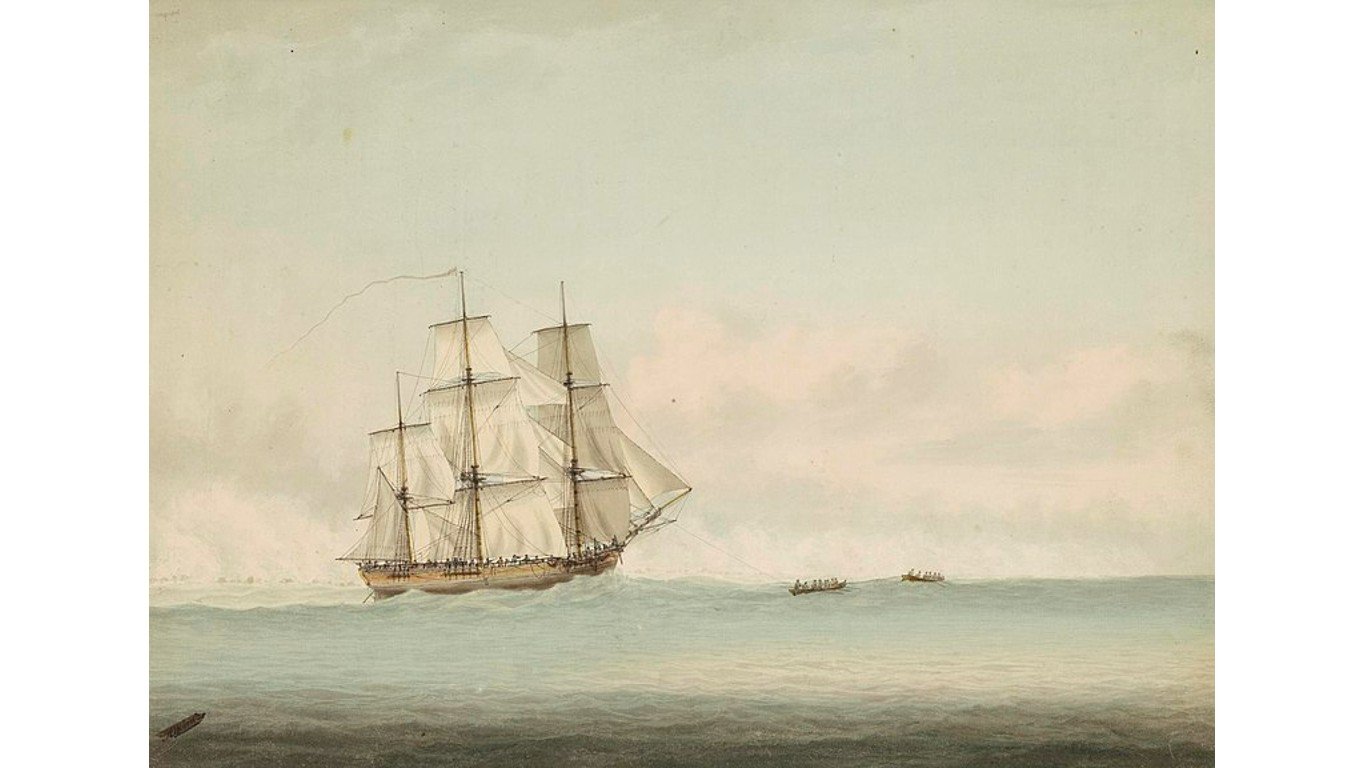
HMS Endeavour
> Type: Sailing ship
> Country: United Kingdom
> Year lost: 1778
The HMS Endeavour is famous as the ship Lieutenant (later Captain) James Cook sailed into immortality by making Great Britain’s first trips to New Zealand in 1769 and the east coast of Australia a year later. The ship, a research vessel, made significant contributions in the areas of science and exploration as the result of its voyages. The Endeavour was sold to a private owner in 1775 and renamed the Lord Sandwich 2, under which name it joined a fleet that sailed to support the British efforts during the Revolutionary War in America. It was deliberately sunk off the coast of Rhode Island to help blockade Newport harbor in 1778. An Australian team of maritime experts claimed to have found it in February 2022, but American archaeologists are not convinced.
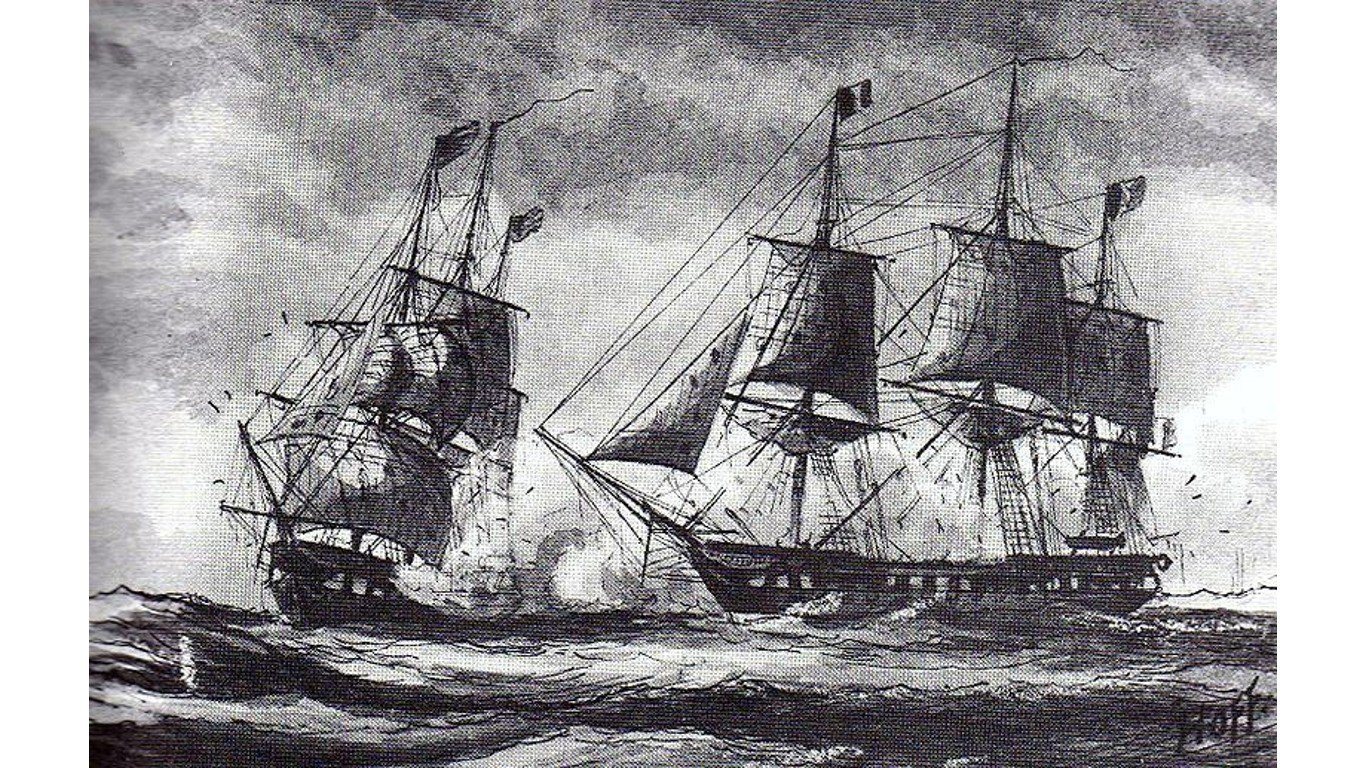
USS Insurgent
> Type: Sailing ship
> Country: United States
> Year lost: 1800
Formerly the French frigate L’Insurgente, the Insurgent was captured during the Quasi-War – an undeclared war with France over trade disputes and U.S. debt incurred during the American Revolution. The vessel would go on to seize other French ships during the quarrel between the two nations. In April 1800, the ship was ordered to patrol the area between the West Indies and the American coastline to protect U.S. shipping lanes and capture enemy vessels. The Insurgent left Baltimore three months later, and after stopping at Hampton Roads in Virginia, was never heard from again. It is believed the ship was lost during a storm in the West Indies.
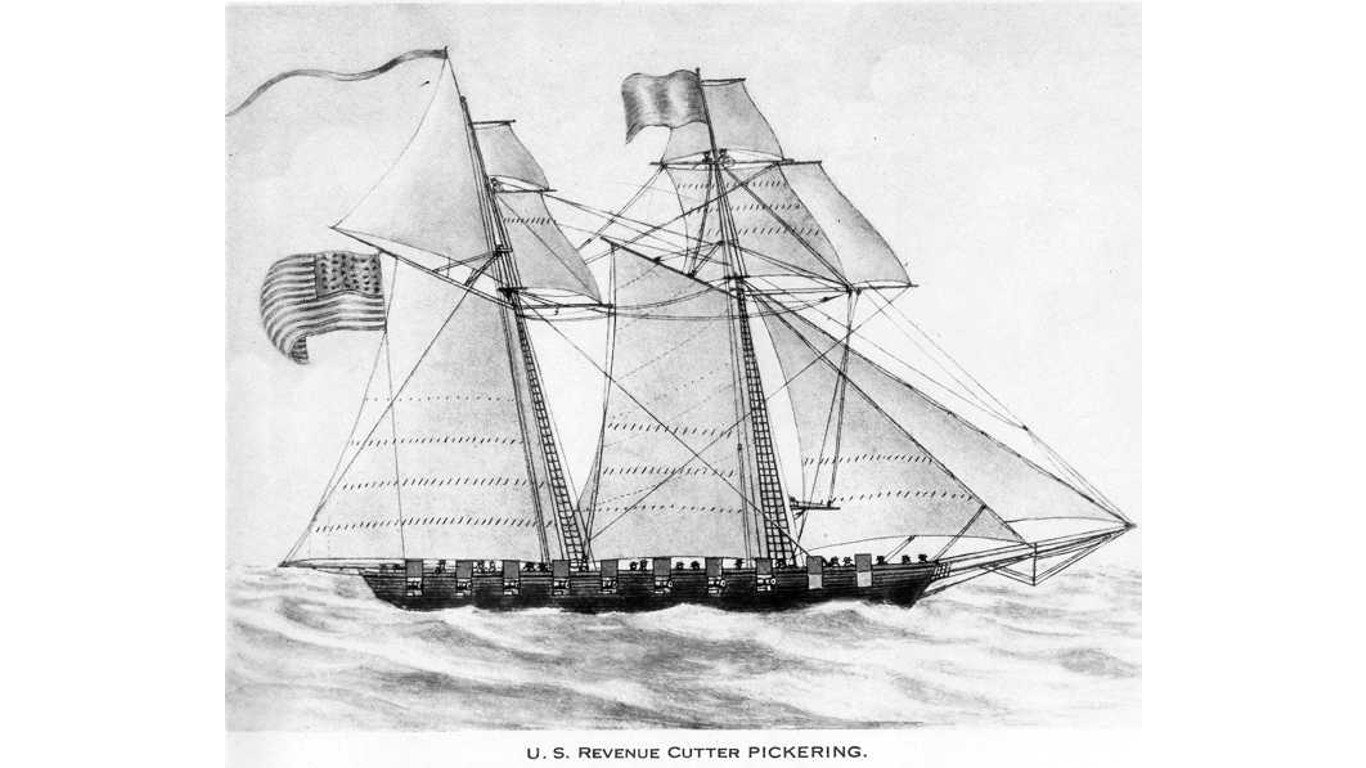
USS Pickering
> Type: Sailing ship
> Country: United States
> Year lost: 1800
The USS Pickering was a schooner that fought the French during the undeclared Quasi-War in 1799 and early 1800, capturing several French ships. After returning to the U.S., the ship was ordered to join a squadron in the West Indies in June 1800. The Pickering left New Castle, Delaware, on Aug. 20, and was never heard from again. The ship supposedly was lost in a tempest – possibly the same one that claimed the Insurgent – with all hands aboard that September. The Pickering entered into legend as one of the possible Bermuda Triangle disappearances.
[in-text-ad-2]
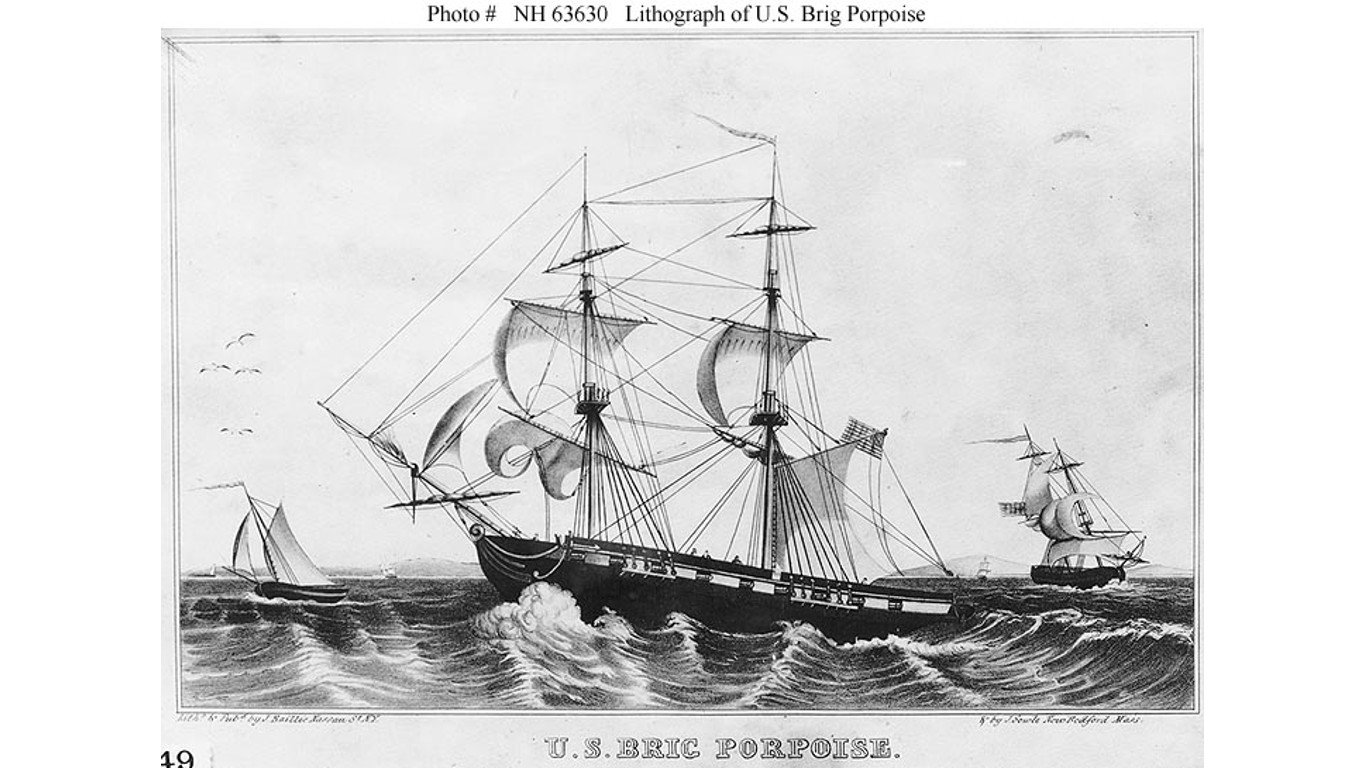
USS Porpoise
> Type: Sailing ship
> Country: United States
> Year lost: 1854
The USS Porpoise had a colorful history while in service of the U.S. Navy. The vessel attacked Mexican defenses during the Mexican-American War, intercepted illegally operating slave-trading ships, conducted scientific expeditions, and helped chart the South Pacific. It was on a similar charting voyage in the North Pacific in May of 1854 when it became separated from its group and vanished in the waters between China and what is today Taiwan. The Porpoise was possibly the victim of a powerful typhoon that hit the area a few days after the ship parted from the squadron.
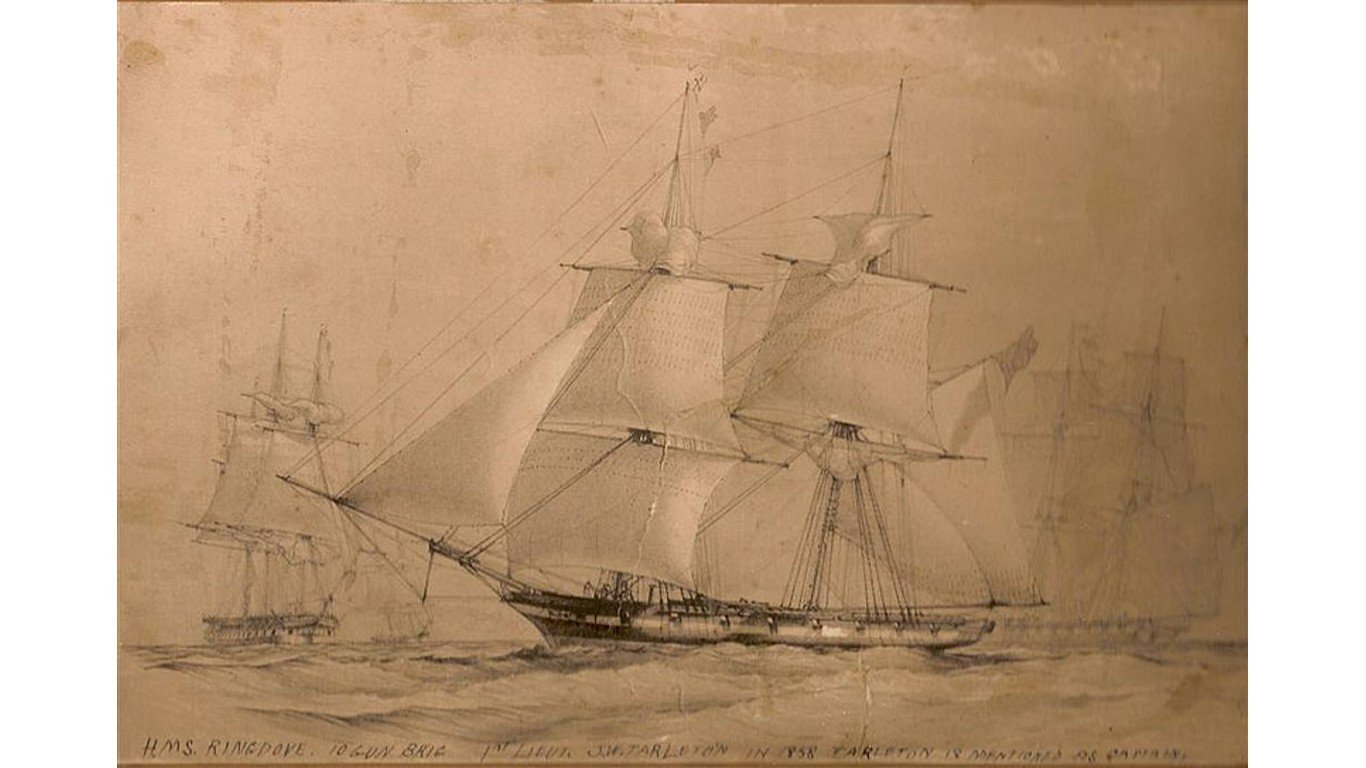
HMS Sappho
> Type: Sailing ship
> Country: United Kingdom
> Year lost: 1858
The ill-fated HMS Sappho almost met its doom when it ran aground in Honduras as it was trying to suppress the slave trade in the years before the American Civil War. It was refloated and then became embroiled in an incident over the slave trade involving the United States. In 1857, the British ship led by Commander Fairfax Moresby seized the American vessel Panchita at Porto de Lenha on the Congo River. Moseby was criticized for his role in the affair and ordered to go to Australia. On Jan. 8, 1858, Sappho left the Cape of Good Hope but never reached Australia.
[in-text-ad]
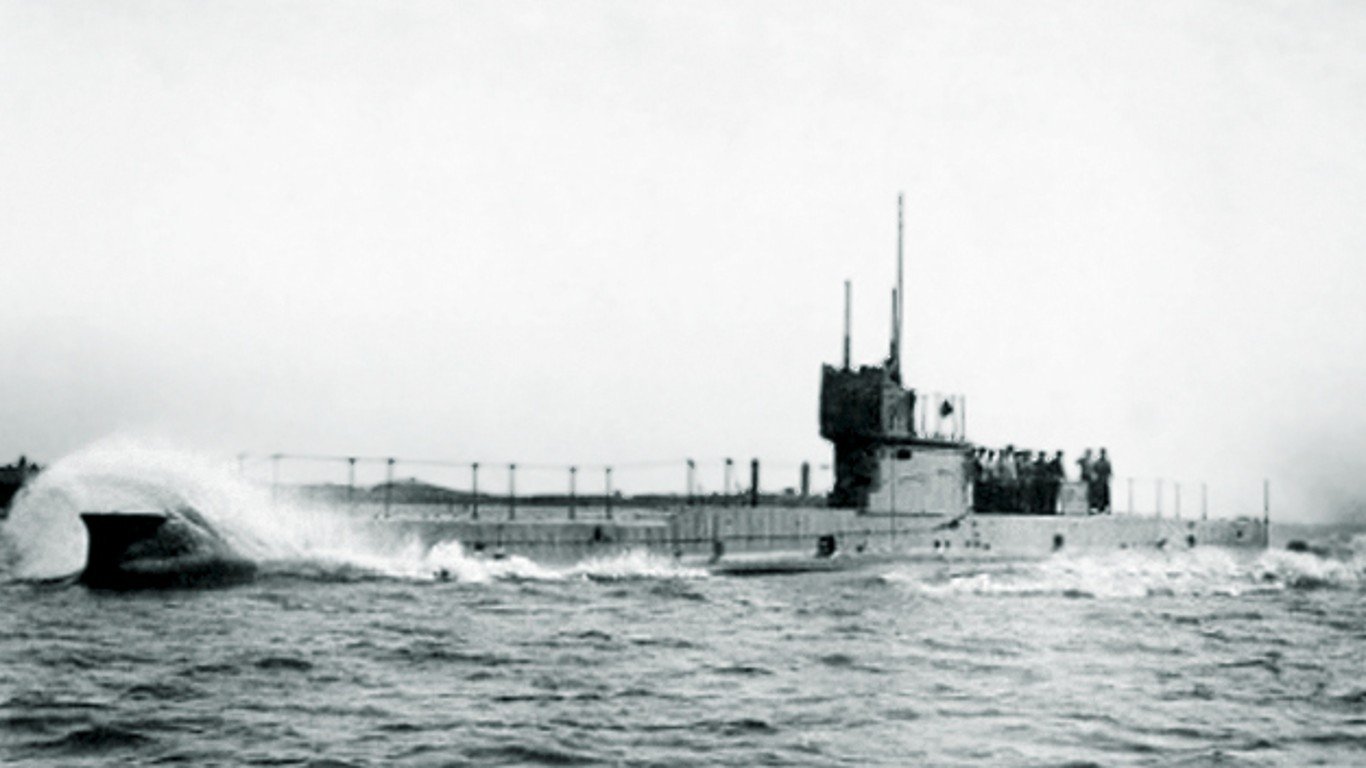
HMAS AE1
> Type: Submarine
> Country: Australia
> Year lost: 1914
HMAS AE1 was Australia’s first submarine. It was in service for about seven months before it and the crew of 35 vanished off the coast of Papua New Guinea in September 1914, at the start of World War I. Among the theories for its disappearance were German sabotage or underwater volcanoes. It took until 1976 for an official search party to be convened, and the submersible was not found until December 2017. Complicating matters for its discovery was the fact that there was wreckage from other ships in the area. The Australian government declared the site an official war grave.
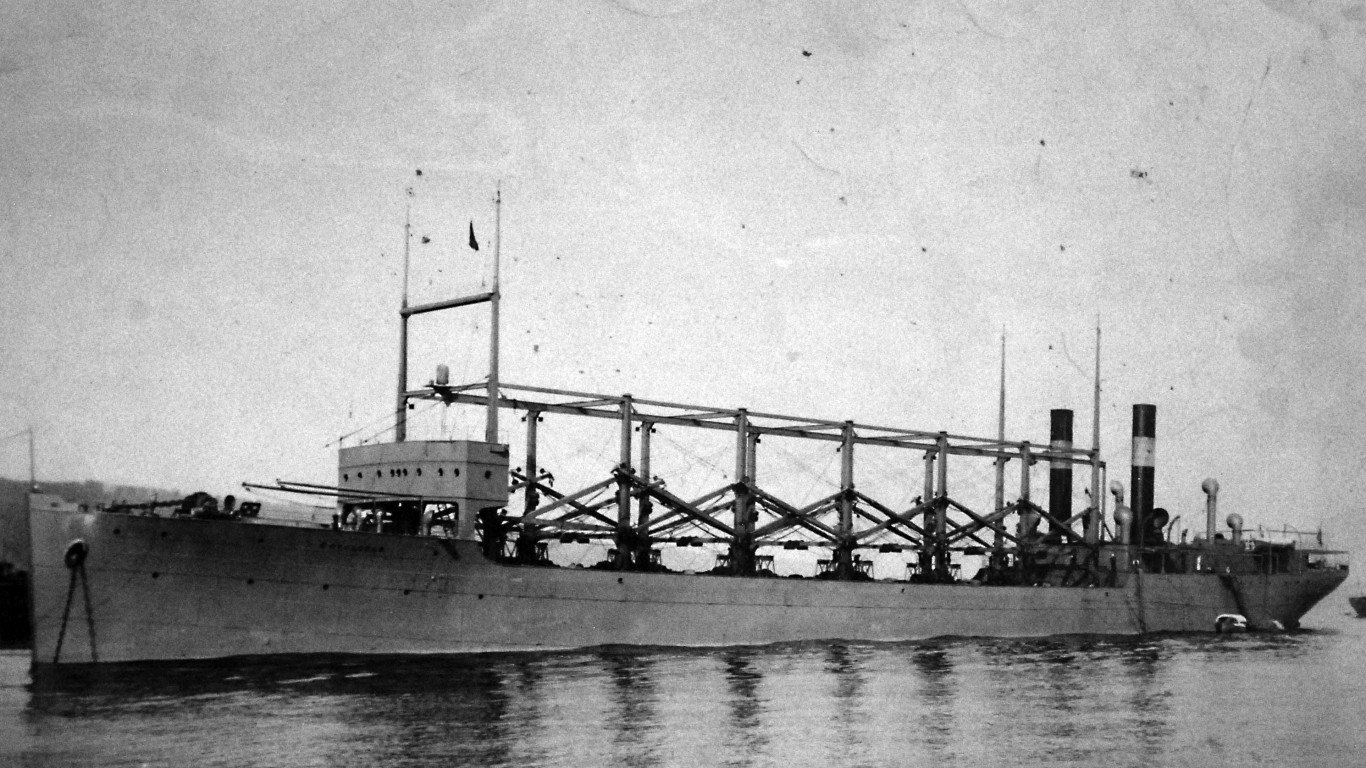
USS Cyclops
> Type: Destroyer
> Country: United States
> Year lost: 1918
The disappearance of the USS Cyclops, with a crew of 309, remains the U.S. Navy’s greatest noncombatant loss of life in its history. The 540-foot long transport ship came under the Navy’s aegis after the U.S. declared war on Germany in 1917. Carrying 11,000 tons of manganese ore, the Cyclops left Rio de Janeiro on Feb. 15, 1918, calling at Bahia a week later, and then made an unscheduled stop at Barbados, 1,800 nautical miles from its Baltimore destination, on March 3. This was its last known location. Among the theories for its disappearance were mutiny by the crew, an attack by German U-boats, or mis-storage of the manganese ore that could have accentuated the ship’s weakness and split it in two.

København
> Type: Training vessel
> Country: Denmark
> Year lost: 1928
The København, a three-masted Danish naval training ship, was one of the largest wooden vessels ever built, 430 feet in length. It made nine voyages and circumnavigated the world twice. In December of 1928, it headed to Australia from Buenos Aires with a crew of 75. Eight days into the voyage, the ship’s captain, Hans Andersen, radioed the Norwegian steamer William Blumer that all was well. It was the last anyone ever heard from the ship.
[in-text-ad-2]
U-47
> Type: Submarine
> Country: Germany
> Year lost: 1941
U-47 was an infamous German U-boat commanded by the highly decorated German officer Günther Prien during WWII, credited with sinking 31 Allied vessels. Its most famous accomplishment was a raid on Scapa Flow, a major harbor in Scotland’s Orkney Islands, in which it sank the HMS Royal Oak in October 1939. The last radio message received from the sub was on March 7, 1941. It may have been sunk southeast of Iceland by depth charges launched by the British destroyer HMS Wolverine, or by mines, or from an attack by British planes. All 45 crew members were lost.

HMAS Sydney
> Type: Light cruiser
> Country: Australia
> Year lost: 1941
The HMAS Sydney was an Australian light cruiser that patrolled Australian waters looking for German raiders during WWII. On Nov. 19, 1941, it encountered a ship flying a Dutch flag that was actually a German vessel. The German ship, the Kormoran, was outgunned by the Sydney, but it lured the Australian ship closer and then raised its German flag and opened fire. The fusillade from the two ships lasted 30 minutes before the battle broke off with both vessels heavily damaged. Both eventually sank, with the Sydney cleaving in two and all 645 of its crew apparently lost – though months after the battle, an unidentified body, believed to have been a survivor of the sinking, washed up in a lifeboat on Christmas Island. Some sailors on the Kormoran survived. The wrecks of both ships were discovered in 2008.
[in-text-ad]
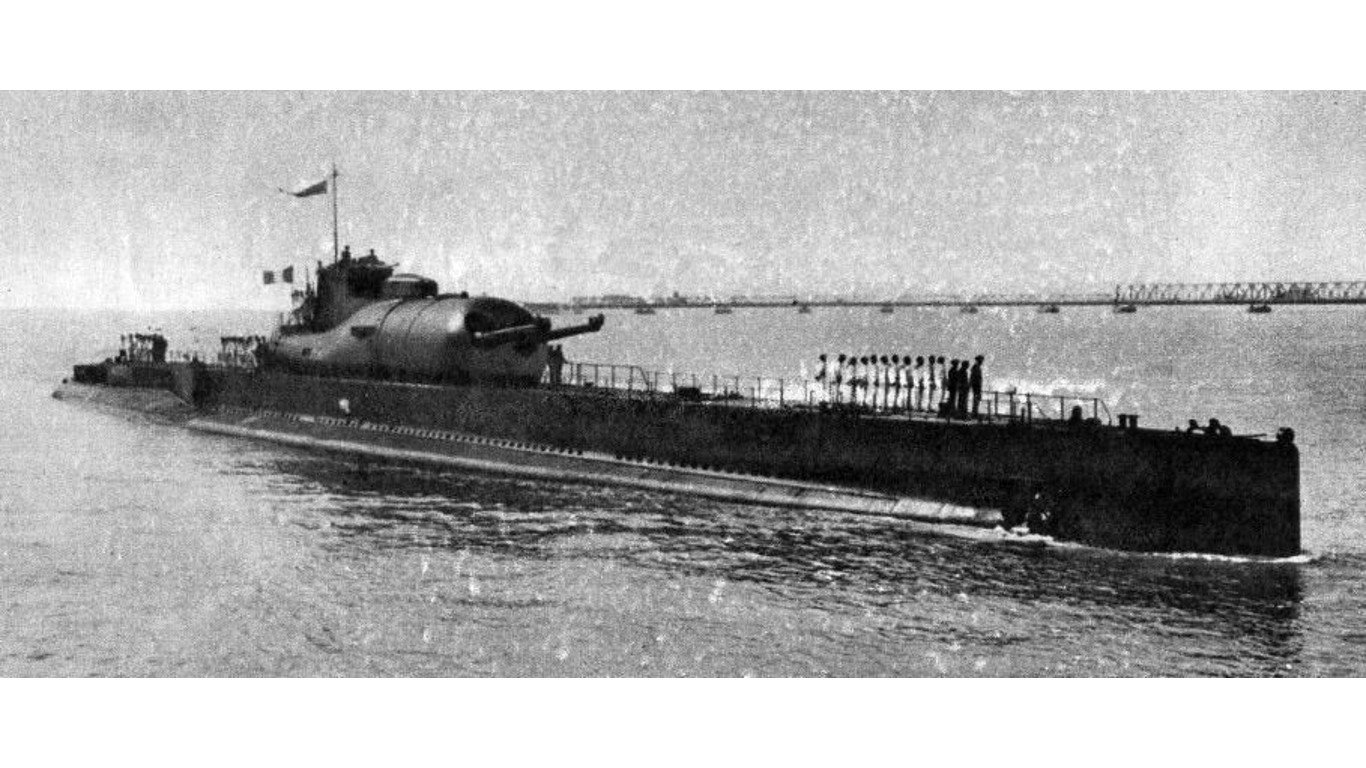
Surcouf
> Type: Submarine
> Country: France
> Year lost: 1942
The Surcouf, named after French privateer Robert Surcouf, was the most heavily armed submarine in World War II, with two eight-inch guns, the same caliber as those on a heavy cruiser. In 1940, while it was being fitted for service at the port of Brest, the Germans overran northern France. Barely seaworthy, it sailed to Plymouth across the English Channel and became part of the Free French resistance. The submersible would operate for the Allies until 1942. On Feb. 18, the American freighter Thompson Lykes, traveling from Guantanamo Bay in Cuba to the Panama Canal, reported colliding with a partially submerged object about 80 miles off the Panamanian coast. The night was very dark and nobody from the U.S. vessel could identify what they’d hit, so the freighter continued on its trip. It’s likely the American boat inadvertently sank the Surcouf, which was never found. A monument to the 130 lives lost was erected in Cherbourg, France.
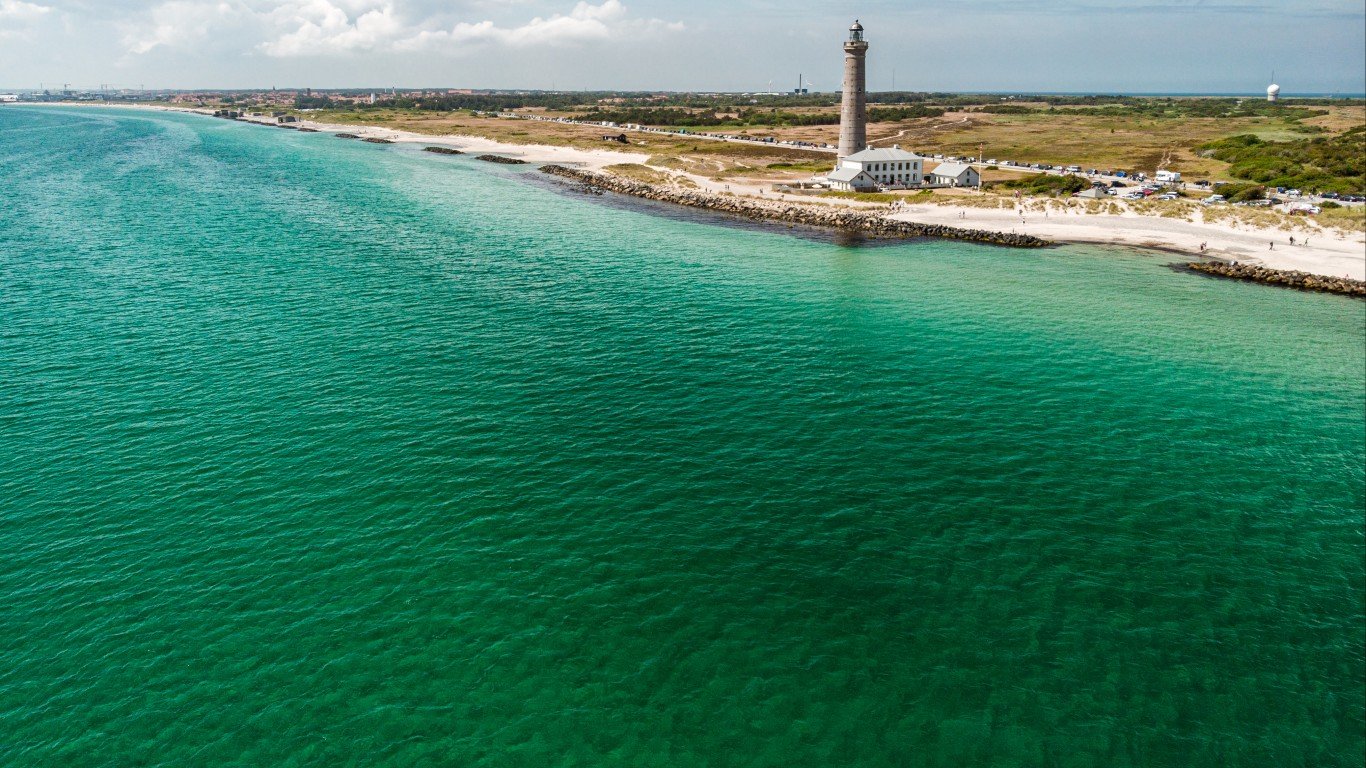
U-3523
> Type: U Boat
> Country: Germany
> Year lost: 1945
In the closing days of World War II in Europe, Royal Air Force planes sank U-3523 off the coast of Denmark, killing all 58 hands onboard. The U-boat was a Type XXI submarine, or Elektroboot, whose technology allowed it to stay underwater long enough to make trips to South America. This fed into speculation that Nazis were escaping to that continent with secrets and loot. The wreck was located by researchers from the Danish Sea War Museum Jutland, at a depth of 404 feet, making it difficult to excavate. The museum says it does not know what is onboard.
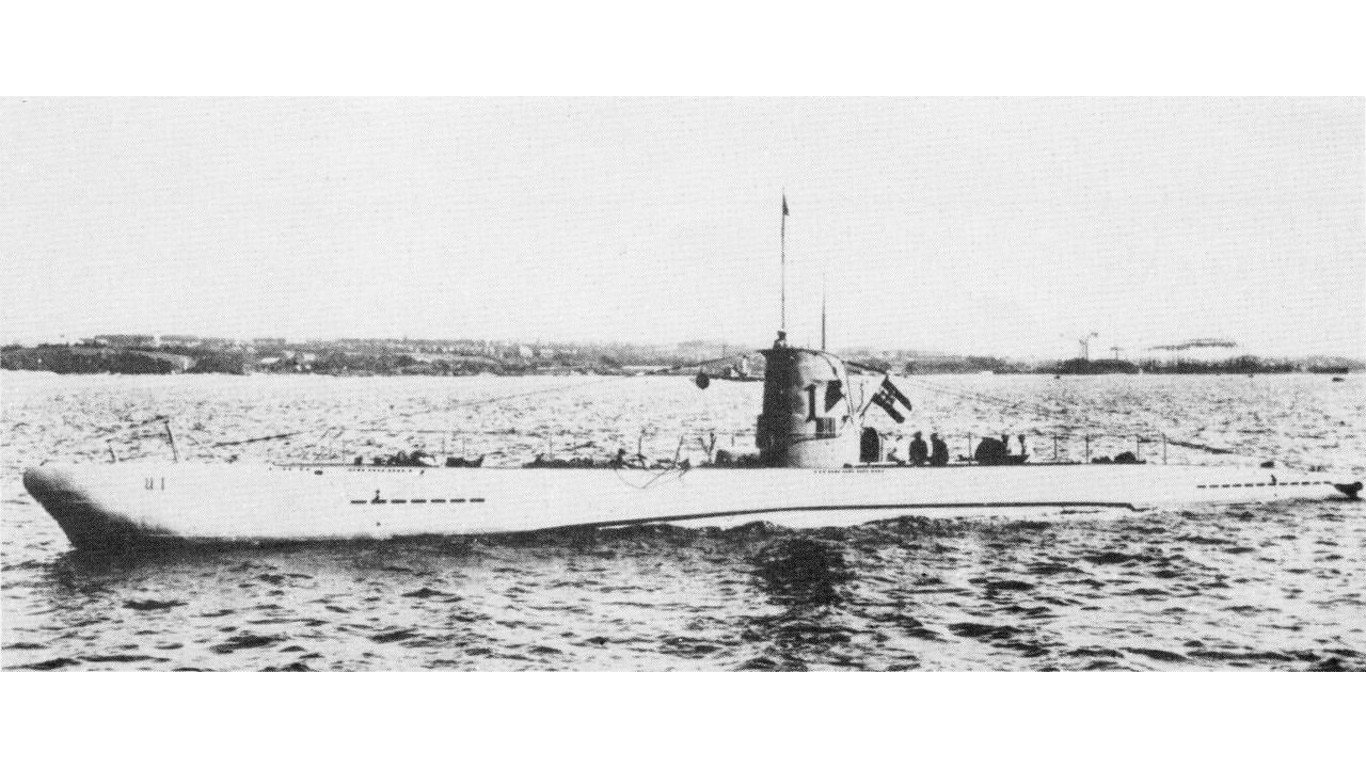
U-58
> Type: U Boat
> Country: Germany
> Year lost: 1945
Another U boat that was sunk at the very end of World War II in Europe was the U-58, commanded by Richard Schulz. The submarine sank six Allied ships while in service after it was commissioned in 1939. Rather than turn it over to the Allies, the Germans scuttled it at Kiel on May 3, 1945. There was no apparent loss of life.
[in-text-ad-2]
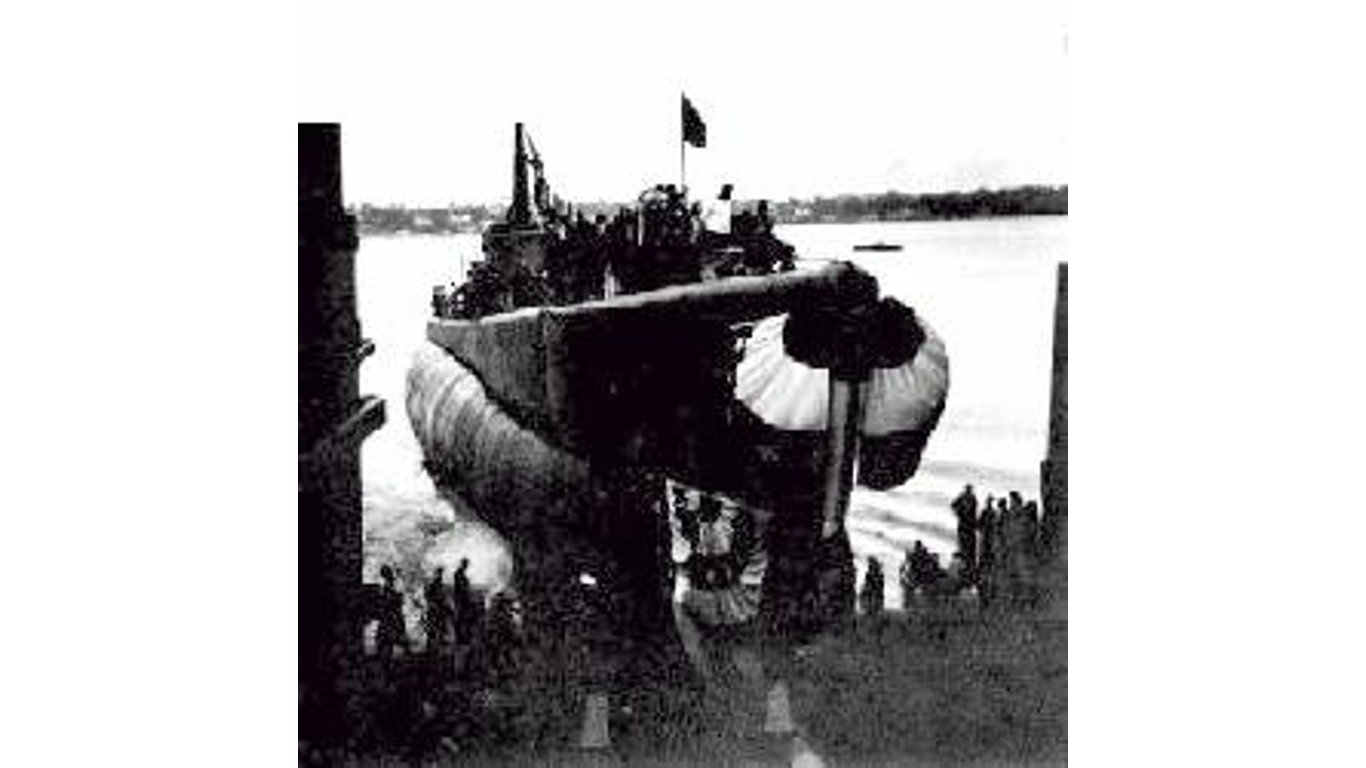
USS Bullhead
> Type: Submarine
> Country: United States
> Year lost: 1945
In the waning days of World War II, the American submarine USS Bullhead was on patrol in the Pacific theater. It was last reported on Aug. 6, 1945, passing through the Lombok Strait, a passageway connecting the Java Sea to the Indian Ocean between the islands of Bali and Lombok in Indonesia. According to Japanese records produced after the war, a Japanese Mitsubishi plane spotted the submarine above the surface and attacked it with depth charges. Two were reported as direct hits. The plane reported seeing gushing oil and air bubbles after the attack. The Bullhead, with its crew of 84, was the 52nd U.S. submarine lost during the war and the last U.S. Navy ship sunk during WWII.
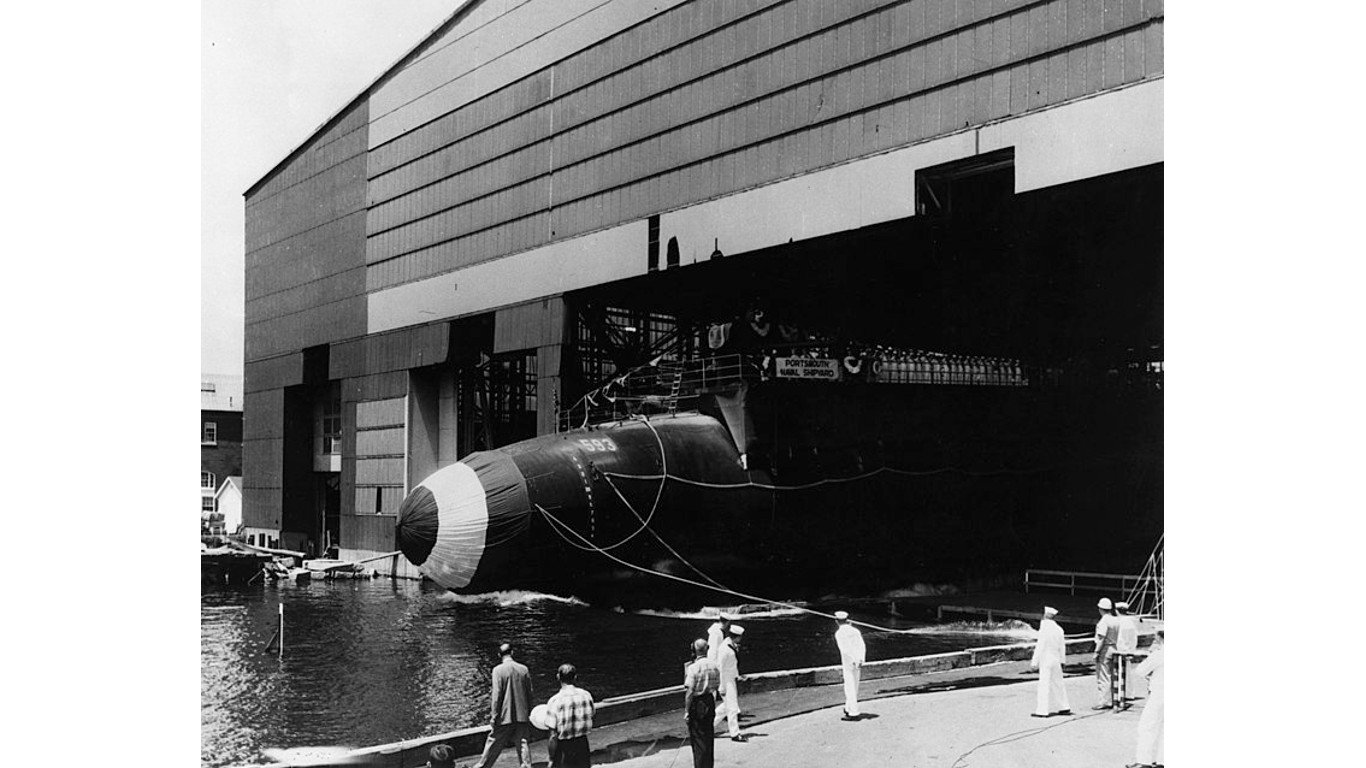
USS Thresher
> Type: Submarine
> Country: United States
> Year lost: 1963
The USS Thresher was in the inaugural class of nuclear “hunter-killer” submarines commissioned during the Cold War. It was lost off the coast of Cape Cod. An inquiry determined that leaking water short-circuited the electrical systems prompting a loss in propulsion. It sank to a depth beyond its limits and imploded. All 129 crew members died. As a result, the U.S. Navy initiated the SUBSAFE program created to guarantee submarines are able to recover from flooding.
[in-text-ad]
Minerve
> Type: Submarine
> Country: France
> Year lost: 1968
The French Navy lost the submersible Minerve – named after Minerva, the Roman goddess of handicrafts, the arts, and war – in the Mediterranean in January 1968. Bad weather was blamed.
Fifty-one years later, the remains of the Minerve were found 30 miles from the French port of Toulon in 7,710 feet of water. Fifty-two sailors were on board the Minerve when it disappeared. The cause of the tragedy has never been discovered.
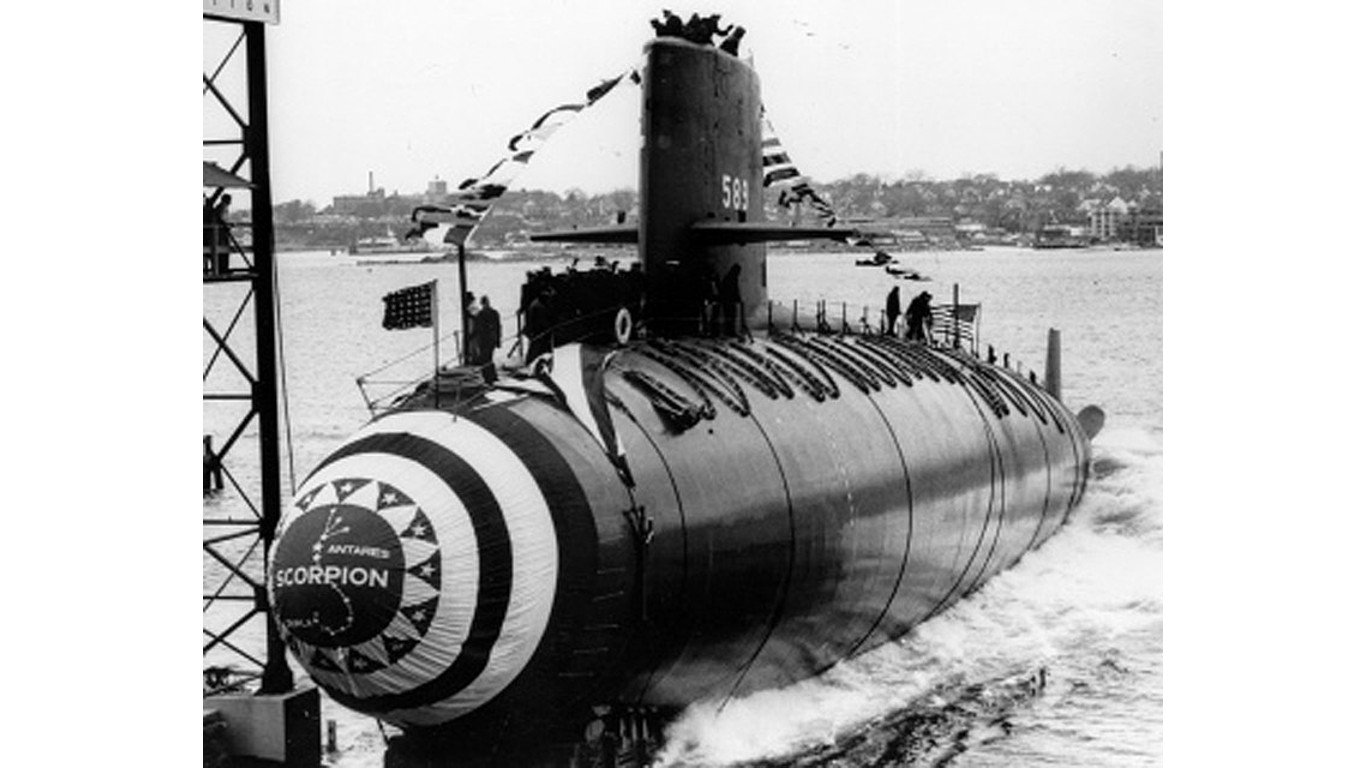
USS Scorpion
> Type: Submarine
> Country: United States
> Year lost: 1968
The USS Scorpion was a nuclear-powered American submarine deployed during the Cold War. While on its way back to Norfolk, Va., from a mission to the Mediterranean in May of 1968, it sank with 99 crew members aboard. The submarine was found five months later in October 1968, about 10,000 feet below the surface of the North Atlantic, roughly 400 miles southwest of the Azores. Theories as to its demise included getting a torpedo attack by a Soviet submarine, one of its own torpedoes malfunctioning, or damage from too much wear and tear. The U.S. Navy’s reports have been inconclusive. Because the submarine was nuclear, its remains are under constant scrutiny.
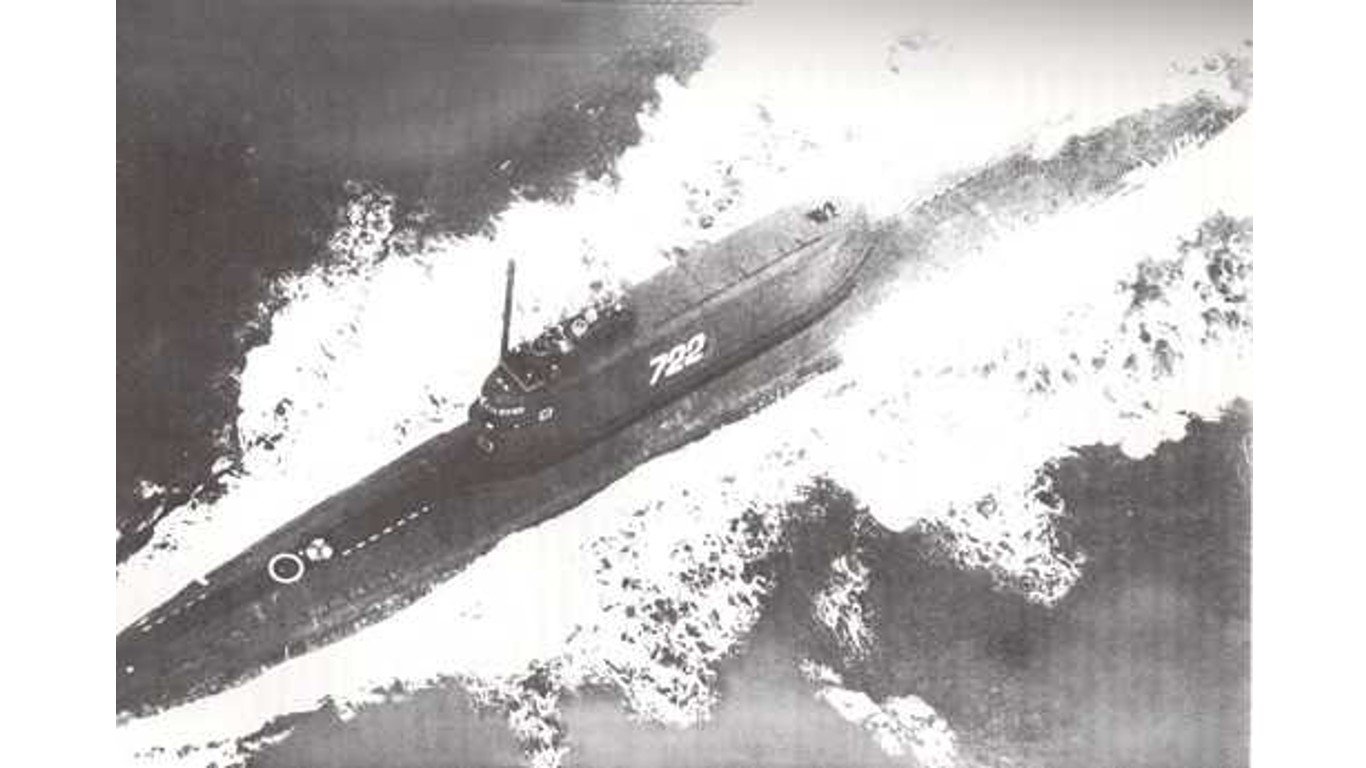
K-129
> Type: Submarine
> Country: Soviet Union
> Year lost: 1968
The year 1968 was a bad time to be a submariner. Four were lost that year, including the Soviet submarine K-129, with a crew of 98. The Russian submersible sank about 1,500 miles northwest of Oahu, Hawaii. With the Cold War raging, the United States beat the Soviet Union to the wreckage site and was able to salvage part of the sub, a significant naval engineering accomplishment. The salvage was performed by the CIA under the codename Project Azorian. The agency used the ruse of an oceanic mining operation conducted by billionaire Howard Hughes to retrieve the submarine’s remains.
[in-text-ad-2]
ARA San Juan
> Type: Submarine
> Country: Argentina
> Year lost: 2017
The Ara San Juan was a submarine that Argentina purchased from Germany. It vanished during a routine patrol in November 2017, taking 44 crew, including its first female commander. In 2019, a commission tasked with finding the cause of the tragedy determined that water entered the submarine’s ventilation system and ignited a fire in its battery tank. The Ara San Juan surfaced and kept sailing, but sank in 2,625 feet of water east of Argentina’s Valdes Peninsula. The commission blamed the sinking on naval high command inefficiency and the nation’s failure to update the submersible’s technology because of budget constraints.
Sponsored: Want to Retire Early? Here’s a Great First Step
Want retirement to come a few years earlier than you’d planned? Or are you ready to retire now, but want an extra set of eyes on your finances?
Now you can speak with up to 3 financial experts in your area for FREE. By simply clicking here you can begin to match with financial professionals who can help you build your plan to retire early. And the best part? The first conversation with them is free.
Click here to match with up to 3 financial pros who would be excited to help you make financial decisions.
Thank you for reading! Have some feedback for us?
Contact the 24/7 Wall St. editorial team.
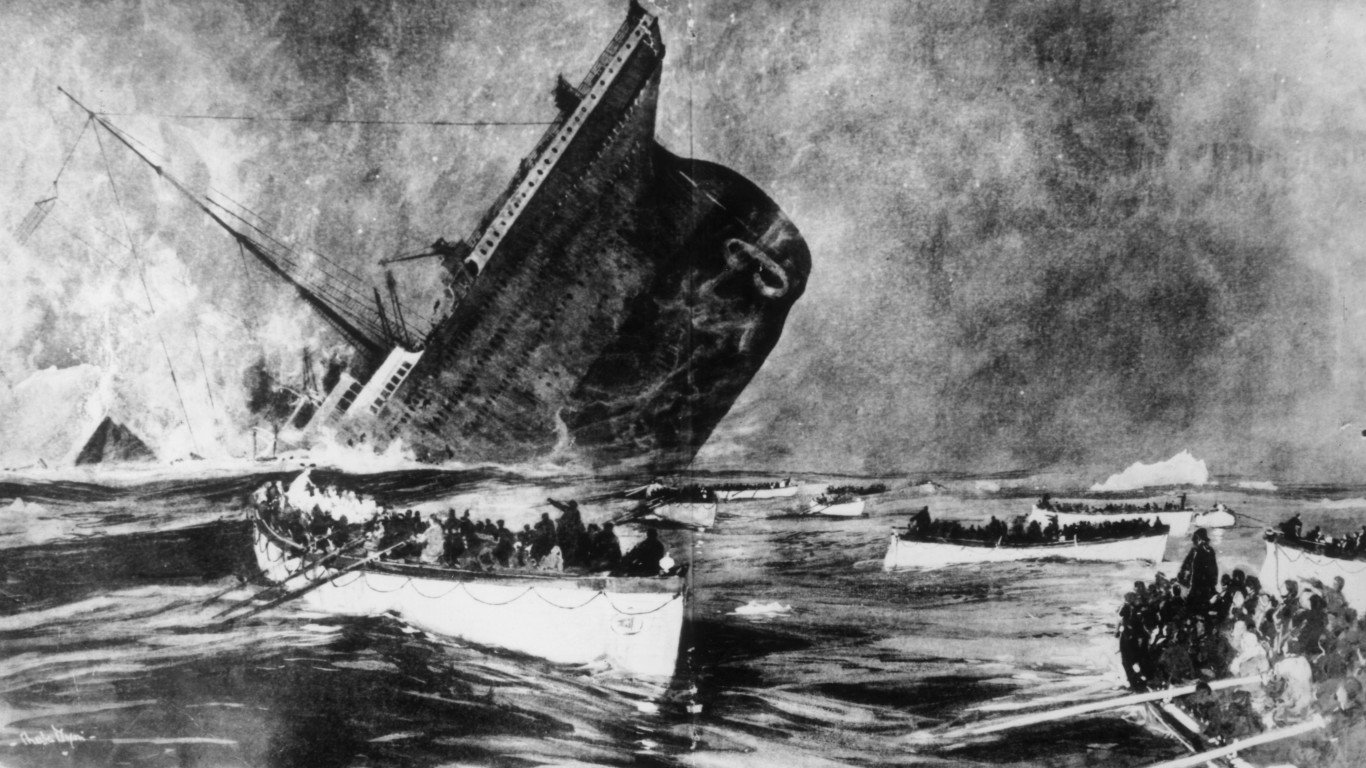 24/7 Wall St.
24/7 Wall St.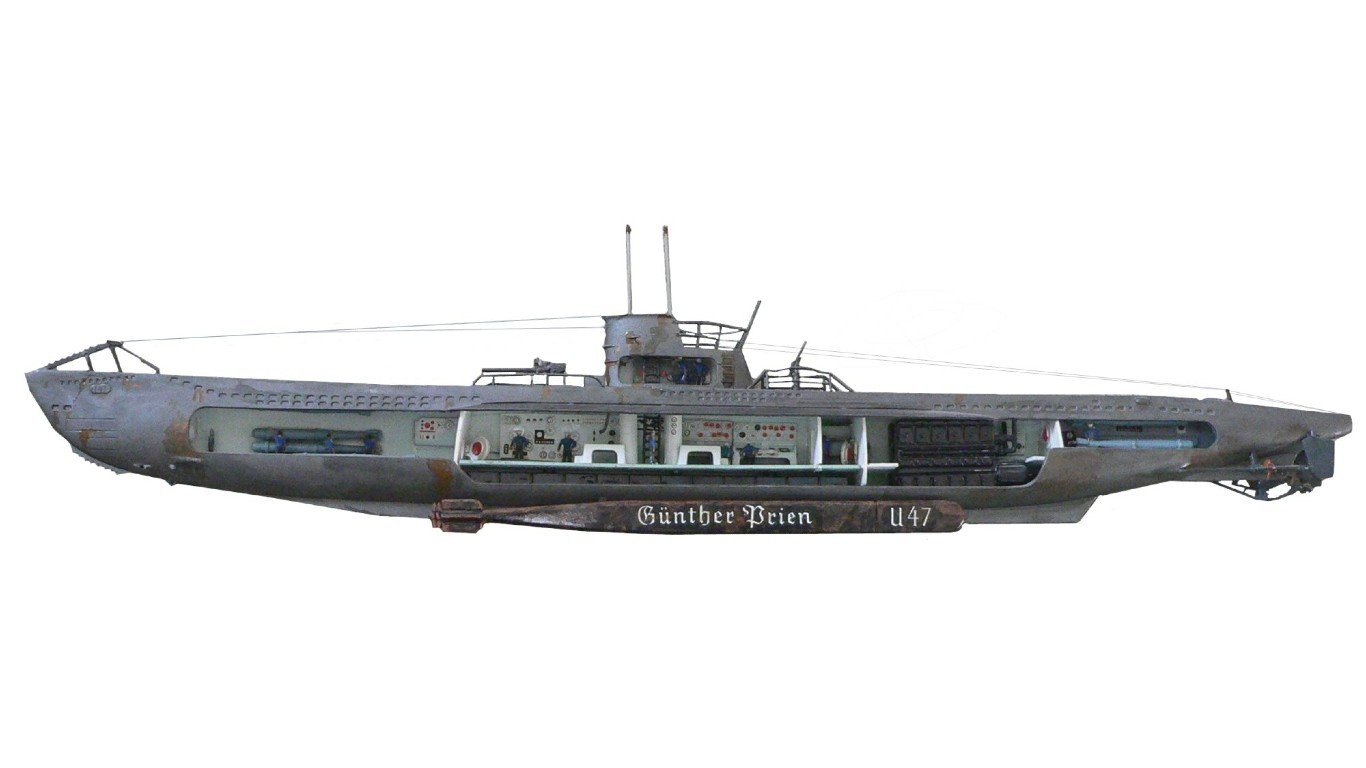
 24/7 Wall St.
24/7 Wall St.